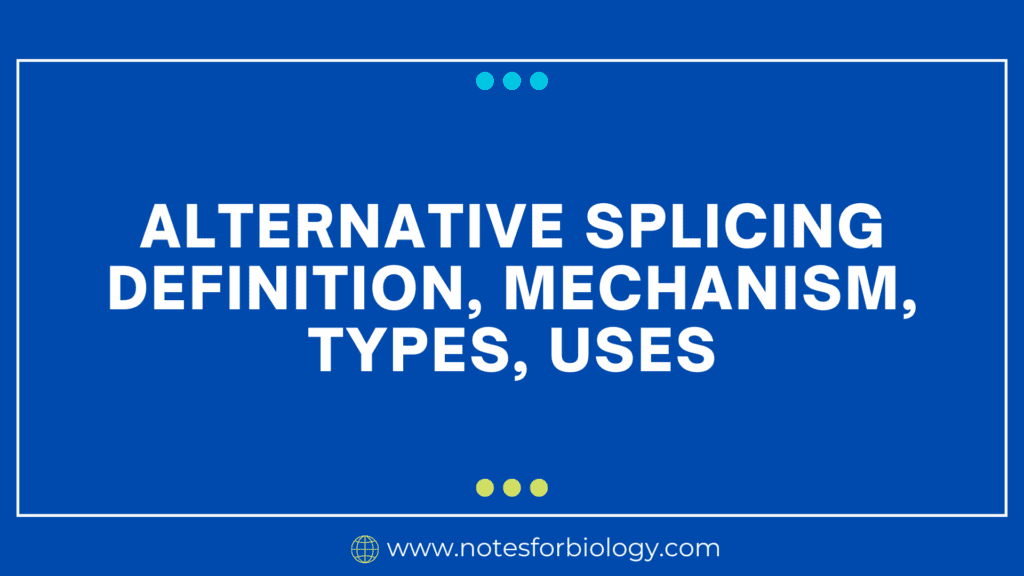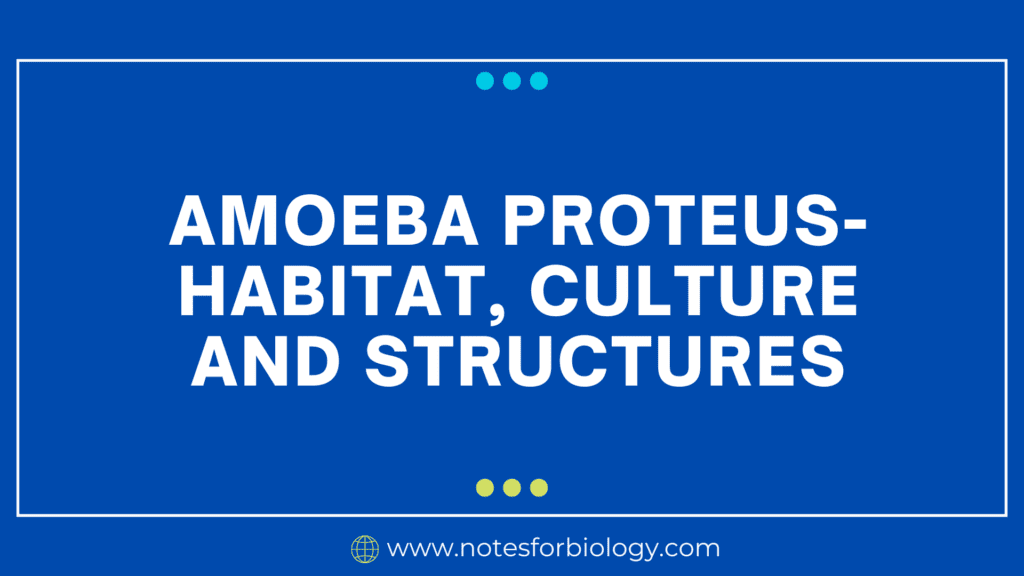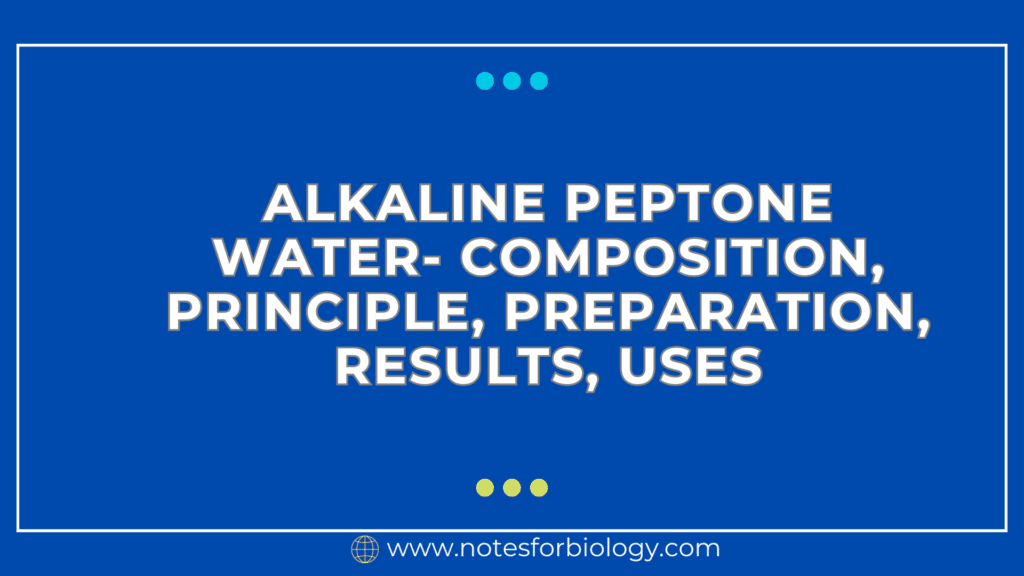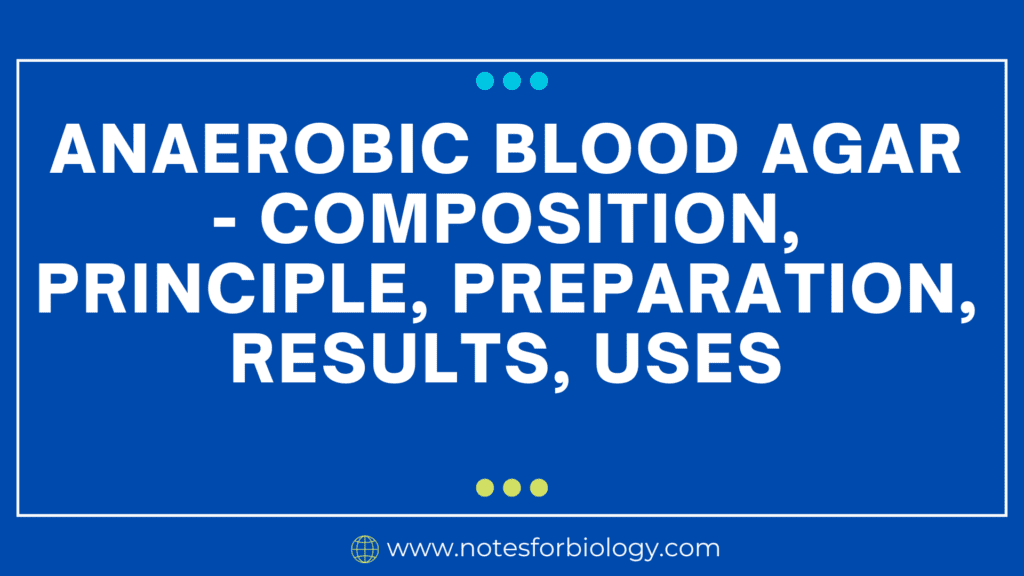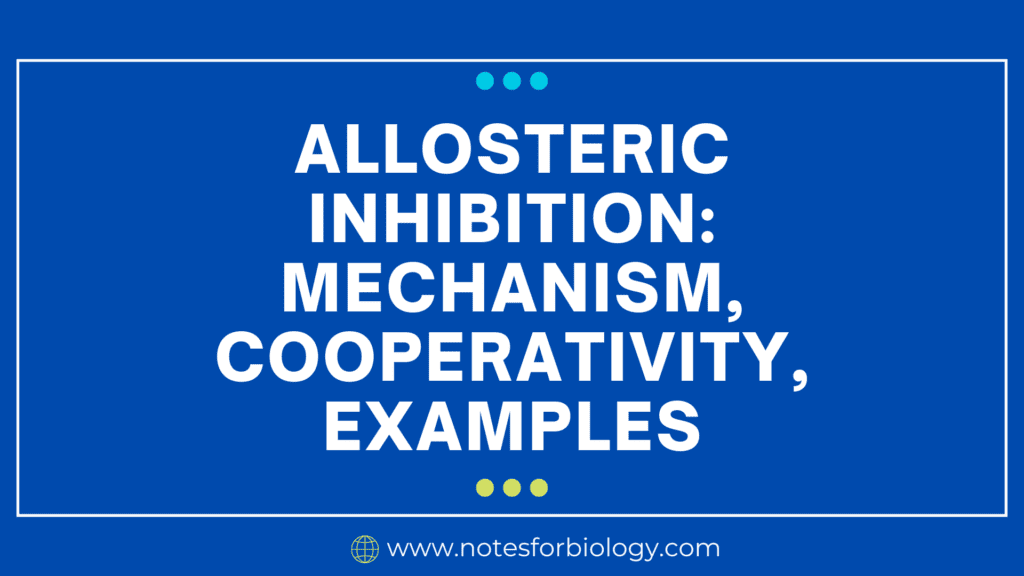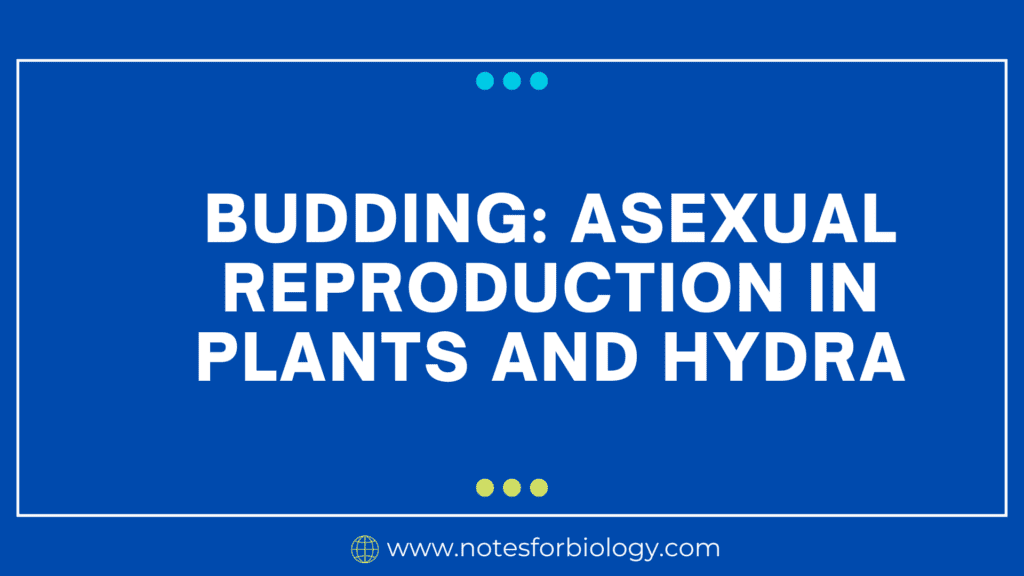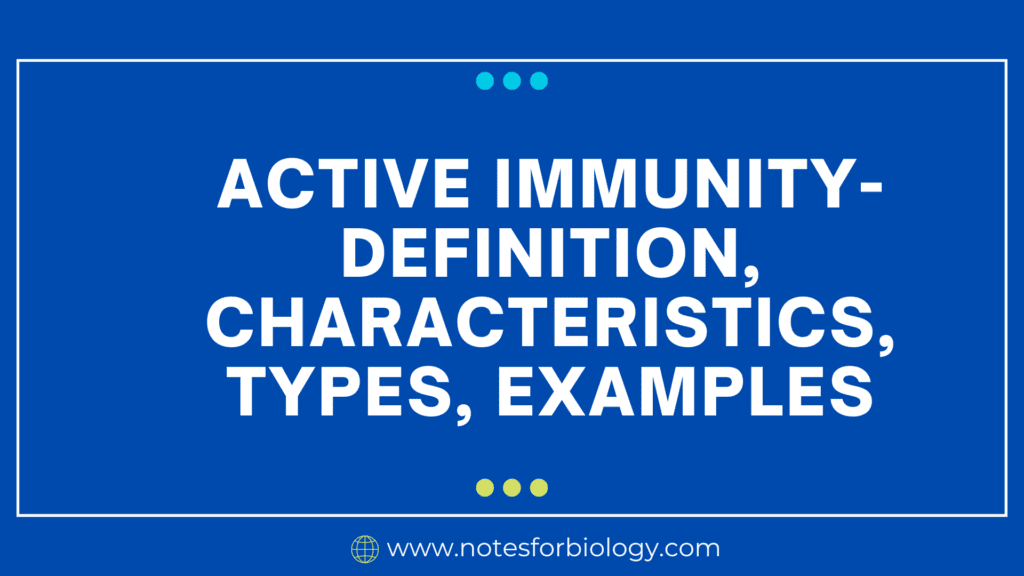Alternative Splicing- Definition, Mechanism, Types, Uses
Alternative splicing is a process during gene expression where different combinations of exons within a pre-mRNA transcript can be spliced together, resulting in multiple mRNA isoforms derived from a single gene. This process allows for the production of structurally and functionally diverse proteins from a single gene. Alternative Splicing- Definition During the molecular process of […]
Alternative Splicing- Definition, Mechanism, Types, Uses Read More »

